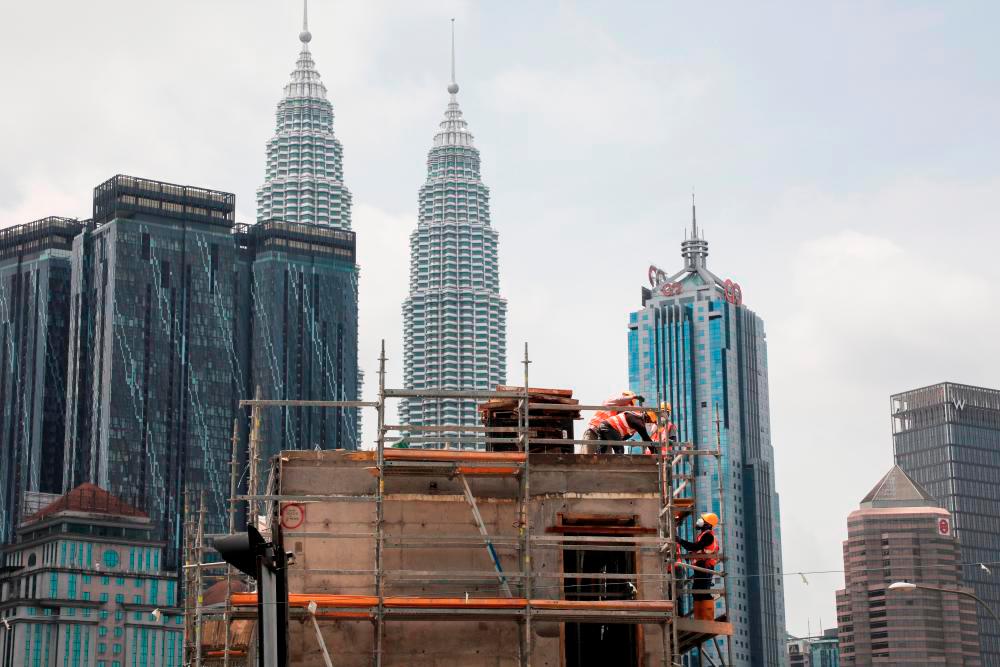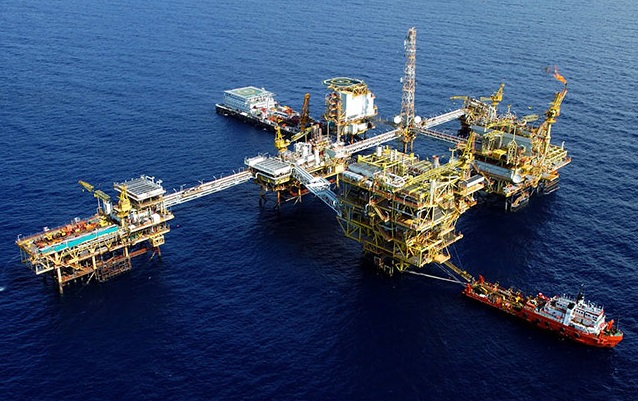DESPITE the economy rebounding post-pandemic, labour shortage together with rising raw material costs and interest rates amid the weaker ringgit have continued to weigh on the local construction sector.
Construction Industry Development Board (CIDB) Malaysia chief executive Datuk Ahmad Asri Abdul Hamid said the series of overnight policy rate (OPR) hikes by the Malaysian central bank have affected the industry.
“A higher OPR means that the borrowing cost will become more expensive for consumers, including contractors. Banks will revise the costs following the increase in OPR by Bank Negara Malaysia, resulting in higher interest rates for businesses,” Bernama reported Asri as saying.
According to him, the higher cost can limit commercial access to capital.
The central bank raised the OPR by 25 basis points to 2.75%, the fourth consecutive hike since May 2022 as of Nov 4.
Labour shortage
The endemic stage has resulted in a significant increase in construction activities as all construction sites can operate without strict standard operating procedures (SOP), opined Asri.
“However, the construction industry still has an estimated shortage of about 400,000 workers to date and the CIDB is working closely with industry associations and the Human Resources Ministry to facilitate resolving the issue.”
Moreover, the National Recovery Council recently called for the shortage of foreign workers to be resolved soon, with arrivals of foreign labour into Malaysia less than the levies already paid at RM713,890 for the approved quota of 467,223.
“The quota approval and levy payment data as of September 12 showed an approved quota of 467,223 workers. However, only 76,000 labour entries from 12 countries were recorded for the same period,” said Council’s chief executive officer Tan Sri Sulaiman Mahbob.
“We found that many workers applied and made payments, but there were fewer people arriving. The question is, why haven’t they come?
“Does it involve their country’s problems or some other reasons? This point needs to be emphasised, otherwise, the agriculture sector, especially palm oil, will continue to suffer,” he added.
Sulaiman further remarked that labour-intensive industries such as manufacturing, tourism, construction and retail as well as electronics and agriculture have also been affected by the labour shortage.
Currency impact
Furthermore, Asri pointed out that the price of imported goods and materials had increased as a result of the ringgit’s decline against the US dollar since March, from below RM4.20 to hitting RM4.72 in October.
“A weaker domestic currency means that the price for foreign goods will generally rise. Among the construction materials affected are cement and steel. The price of mechanical and electrical (M&E) components has also increased because many M&E components are imported from the US.
“We hope to see the situation improve with the currency strengthening in the future,” noted Asri. – Dec 7, 2022
Main photo credit: Reuters









